

Anthony Crawford
1990 Lamborghini Countach review
5 Days Ago

Senior Road Tester
The 2023 BMW M3 Touring is the first production M3 wagon, but if the team behind its suspension setup has done its job it should feel just like the sedan.
Frank Weishar doesn’t consider himself a professional race driver, but he’s driven the Nürburgring 24 Hour no fewer than 12 times. He’s also notched countless test laps over Europe in various prototypes of the first ever BMW M3 Competition Touring.
His main gig these days is project lead for driving dynamics for the G81, also known as the M3 Touring.
He was the man charged with tearing up the notoriously tight Goodwood Hillclimb this year in front of thousands of fans who likely witnessed the ‘save’ of the year, as he pushed the potent wagon to the very limits of adhesion.
In an exclusive interview immediately after his Goodwood runs, Frank told CarExpert development of the Touring is all but complete, with only minor tuning tweaks necessary before its imminent sign-off and debut later this year.
“From the very outset of the M3 Touring’s development our principal goal for the for the car was for the driver never to realise he or she was sitting in a Touring body unless they happened to be looking in the rear-view mirror,” he said.
“I’m pleased to say has been the overwhelming opinion of everyone who has driven the car in its final stages of development.”
The process has been extensive and included no less than 120 laps of the Nordschleife for endurance testing, followed by additional laps to tune the Sport and Sport+ suspension settings.
“We didn’t just use the Nordschleife, we also ran the M3 Touring at various tracks like Sachsenring, the GP circuit there, and Hockenheim for plenty of variety for the car’s dynamic tuning,” Mr Weishar explained.
“For example, to create the Comfort setting we used the various roads around the Nürburgring as well as the high-speed autobahn and local roads around Munich to get the best outcome.”
BMW had the regular M3 Competition as a donor car for the M3 Touring project. According to Frank the hard work on the Touring started once the transfer of the front and rear axles was completed, and the wagon’s rear guards were widened to house the larger wheel and tyre package.
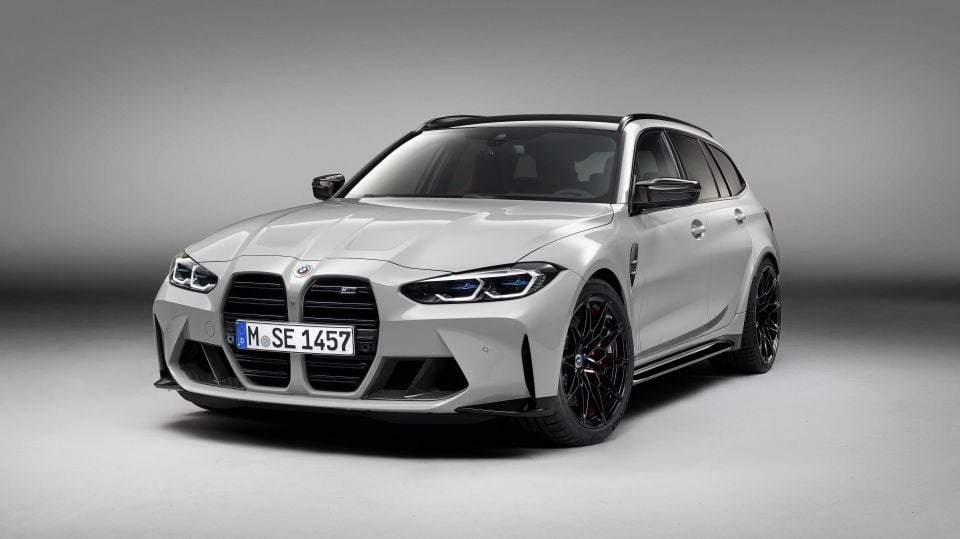
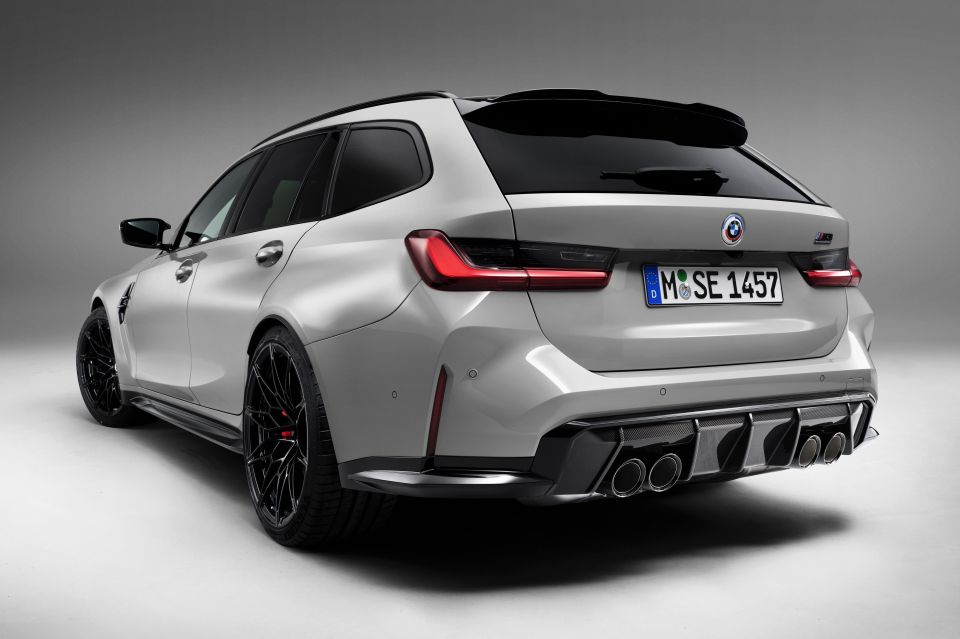
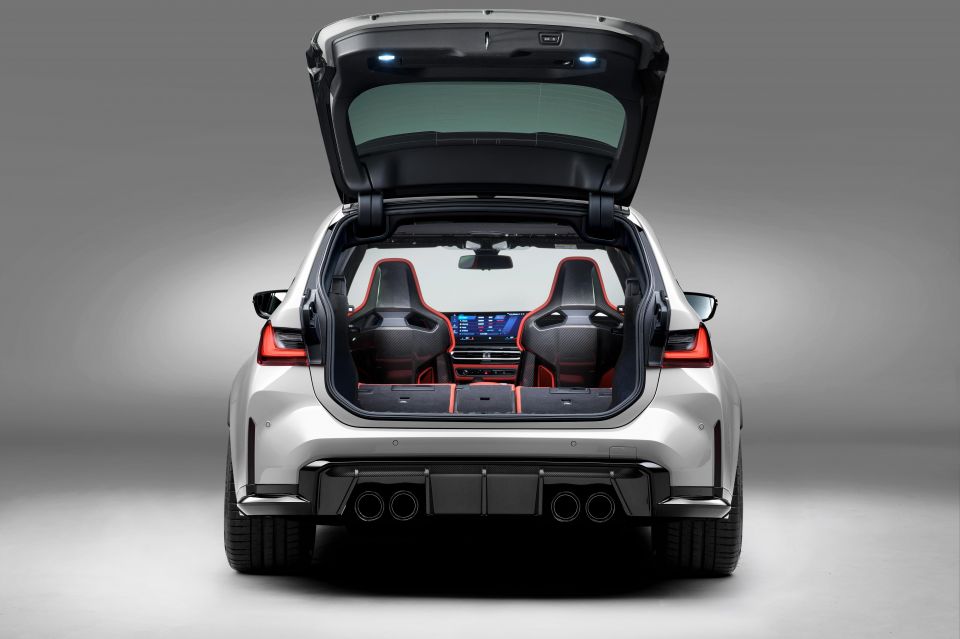
“We had to carry out an extensive tuning program covering the springs, dampers and anti-roll bars to take into consideration the additional length and weight of the M3 Touring, which is around 85kg, with most of that at the rear,” he said.
“It means the entire hydraulic system at both ends is unique to the M3 Touring, so that we get the proper balance between the front and rear axles.
“We tried not to do anything much with the anti-roll bars from the standard 3 Series Touring as we found you could get some unwanted car movement if you made them too stiff, so we worked on the spring rates instead for a better outcome.”
Prototypes of the M3 Touring have already clocked up impressive times around the Nordschleife, with an official run of 7:30.00 – not much slower than the upcoming M4 CSL, which is a remarkable feat in itself.
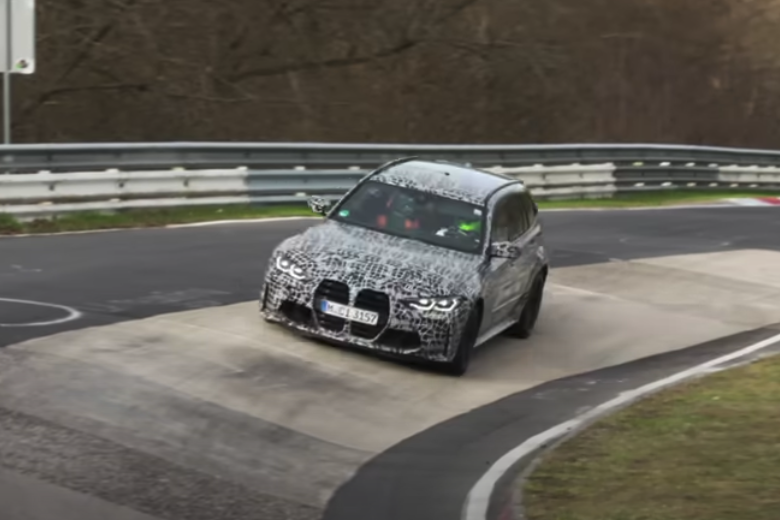
“It feels like the sedan, really calm,” Frank said. “You don’t have to do too much with the steering even through the high-speed sections on the Nordschleife.”
“The car is really easy to handle in the fast corners, and with quick changes of direction I would say the car is mostly neutral but with a bit or understeer dialled in so you can really throw it from one corner to the other, without losing the rear.”
One of the unique features of the M3 Touring that affects the steering is the little gurney on top of the tailgate, which you can reportedly feel working from 120km/h.
Given the M3 Touring will likely attract buyers who will take advantage of the wagon’s versatility over its sedan stablemate, we were keen to hear what Frank had to say about suspension compliance in both Comfort and Sport modes.
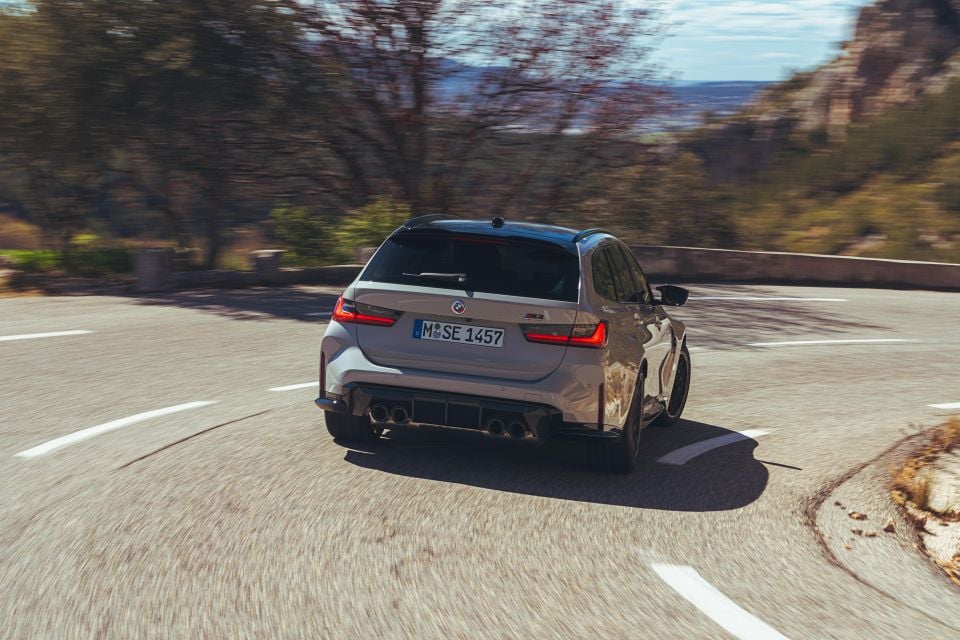
“There’s no doubt you’ll feel the bump because we want to have that connection with the road, but it won’t disturb the car and there’s no body movement as you hit the bump,” he said.
“Instead, it just feels like a very solid car. That’s also down to the steering tune we’ve set for the M3 Touring. It’s very solid on centre and direct, but it’s not too heavy – much like a GT3 car in that respect,” he explained.
“Our overall target was to develop the M3 Touring as car that’s fun but not too nervous, but also use two-wheel drive if you want some oversteer in your driving, or you can drive it very precisely and fast.”
The extra weight of the M3 Touring, especially at the rear, means it gets around 10 per cent more spring rate than the regular M3, where the front of the car is nearly the same for both variants.
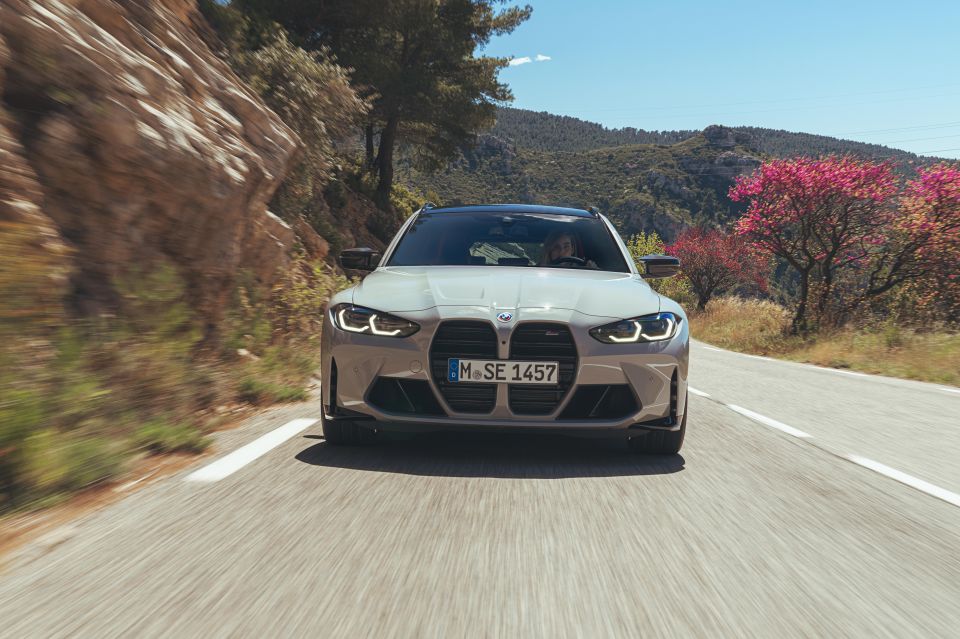
M3 Touring buyers will be able to stick with the standard steel brakes or optional carbon-ceramic stoppers, though Frank suggests the regular brakes are more than up to the task, even after laps at the Nordschleife.
“Under heavy braking with the steel brakes the car is really stable and the pedal feeling stays the same throughout the lap. No real difference between the M3 Touring and the regular M3,” he said.
Save for some final software tuning, the M3 Touring is all but ready for full series production with final sign-off in around three weeks.
He was understandably tight-lipped when asked about a more specialised version of the M3 Touring, but suggested there’s no real point to a lightweight CS model given its obvious lifestyle skew.
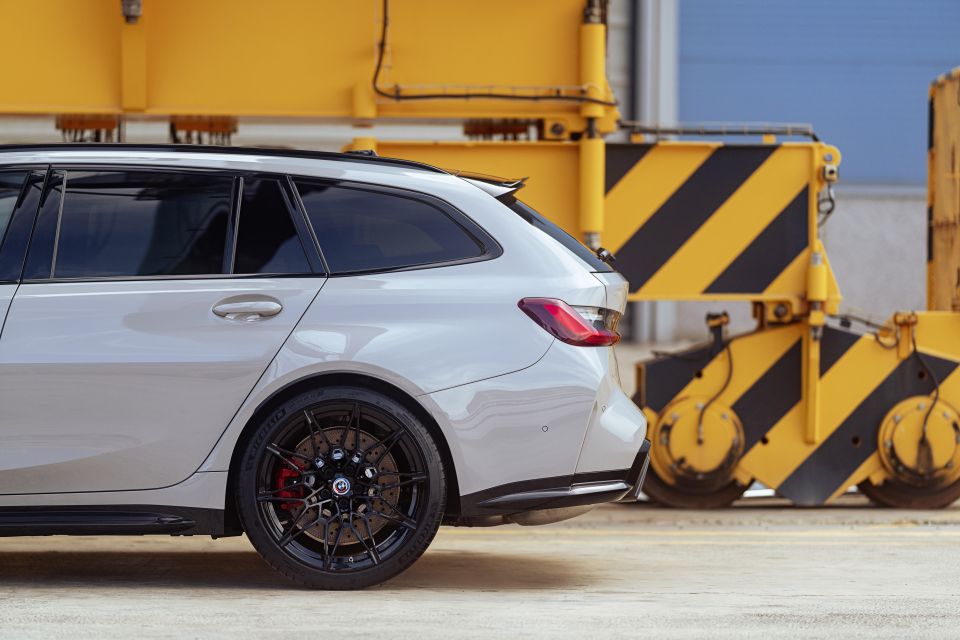
Where expert car reviews meet expert car buying – CarExpert gives you trusted advice, personalised service and real savings on your next new car.


Anthony Crawford
5 Days Ago


Matt Campbell
4 Days Ago


James Wong
3 Days Ago


Max Davies
2 Days Ago


Josh Nevett
21 Hours Ago


William Stopford
18 Hours Ago